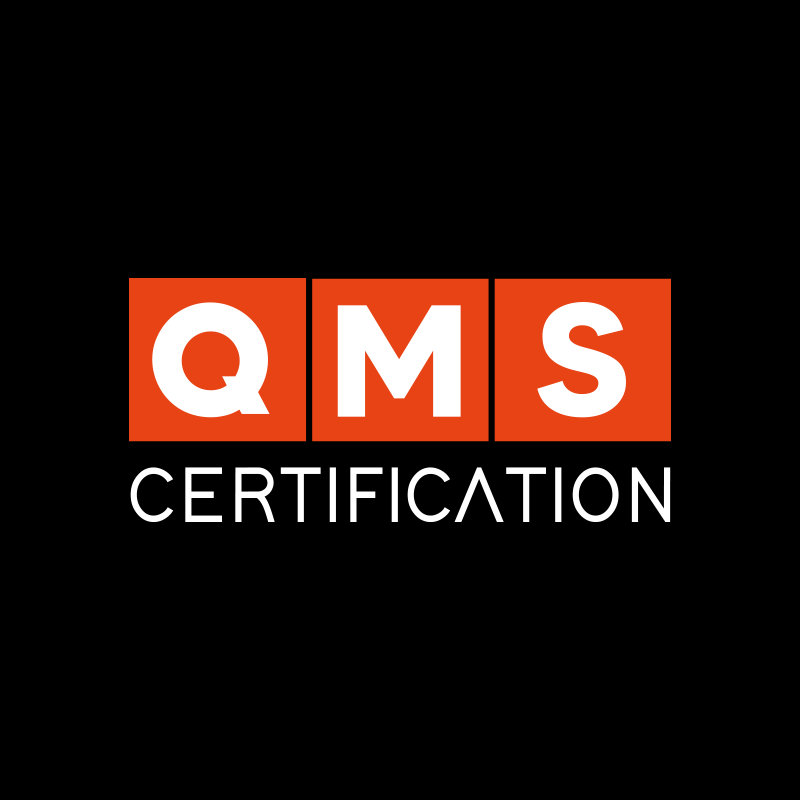ISO 37001 – Anti-Bribery Management System was originally published in 2016 and has become a fundamental tool for organizations seeking to prevent, detect, and respond to bribery in their operations. It was recently updated, and below are the key changes introduced in ISO 37001:2025.
The revision reflects the evolving business landscape, shaped by stricter regulatory demands, emerging bribery risks, increasing pressure for transparency, and the growing integration of themes such as sustainability and climate change into corporate governance.
If you work in governance, compliance, legal, internal audit, or management systems, keep reading to understand the new requirements in ISO 37001:2025 and ensure your anti-bribery system remains up to date, robust, and effective.
Read: Understand the Importance of Process Mapping
Key Changes in ISO 37001:2025
Integration of Climate Change Considerations
One of the most notable updates is the inclusion of climate-related aspects. The standard now requires organizations to assess whether climate issues are relevant to their operational context and stakeholder expectations. This aligns ISO 37001 with global sustainability commitments, such as those set out in the ISO London Declaration of 2021.
Greater Emphasis on a Culture of Integrity and Ethics
ISO 37001:2025 strengthens the requirement to foster an organizational culture rooted in integrity and ethical behavior. Leadership is now explicitly accountable for promoting anti-bribery values and creating a transparent, responsible environment that protects the organization’s reputation.
Enhanced Management of Conflicts of Interest
The updated version provides clearer guidance on identifying and managing conflicts of interest. This change aims to strengthen organizational policies and ensure such conflicts are addressed effectively to maintain impartiality in operations.
Improved Alignment with Other Management System Standards
The 2025 revision better aligns ISO 37001 with other ISO management system standards, making it easier for organizations to integrate multiple certifications. This promotes a more cohesive approach to compliance and operational excellence.
Breakdown by Clause of ISO 37001:2025
Scope and Normative References (Clauses 1 & 2)
The revised text emphasizes that the standard applies to organizations of all sizes, with clearer focus on both international and domestic bribery prevention. Normative references have also been updated to align with modern compliance and risk management frameworks.
Terms and Definitions (Clause 3)
The standard introduces clearer definitions for key terms such as: facilitation payments, emerging bribery risks, and governing body (with specific notes on applicability to small and medium-sized enterprises).
Organizational Context (Clause 4)
There is now a more structured approach required for identifying:
- Relevant stakeholders and their expectations
- Internal and external factors affecting the anti-bribery management system
Leadership and Commitment (Clause 5)
The role of the governing body (such as a board of directors) is reinforced. Leadership involvement must go beyond top management to include oversight responsibilities at the governance level.
Planning (Clause 6)
Planning requirements now include:
- Continuous review of anti-bribery objectives
- Consideration of new threats and opportunities
- Proper documentation of review activities and planned actions, promoting continuous improvement
Operation (Clause 8)
Due diligence procedures have been refined and expanded to cover:
- Global supply chains
- Business partners operating in different jurisdictions
This expands the scope of anti-bribery controls.
Performance Evaluation (Clause 9)
The standard now calls for the use of key performance indicators (KPIs), more rigorous internal audits, and more frequent and in-depth management reviews.
Improvement (Clause 10)
Continuous improvement is further emphasized. Organizations must implement ongoing monitoring and report corrective actions taken in response to any bribery occurrences.
Impact on Organizations
Organizations already certified to ISO 37001 will need to review and potentially update their anti-bribery management systems to meet the 2025 requirements. This includes evaluating the relevance of climate change in their context, reinforcing a culture of ethics and integrity, improving conflict-of-interest management, and ensuring compatibility with other ISO standards.
The update to ISO 37001:2025 reflects an ongoing commitment to enhancing anti-bribery management systems by incorporating elements of sustainability and ethical governance. By adapting to these changes, organizations not only remain compliant but also enhance their reputation and effectiveness in preventing and addressing bribery.










